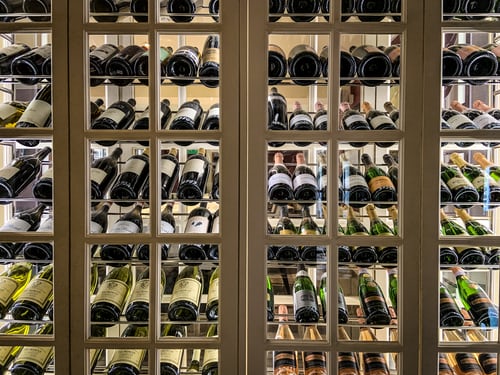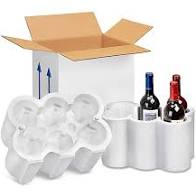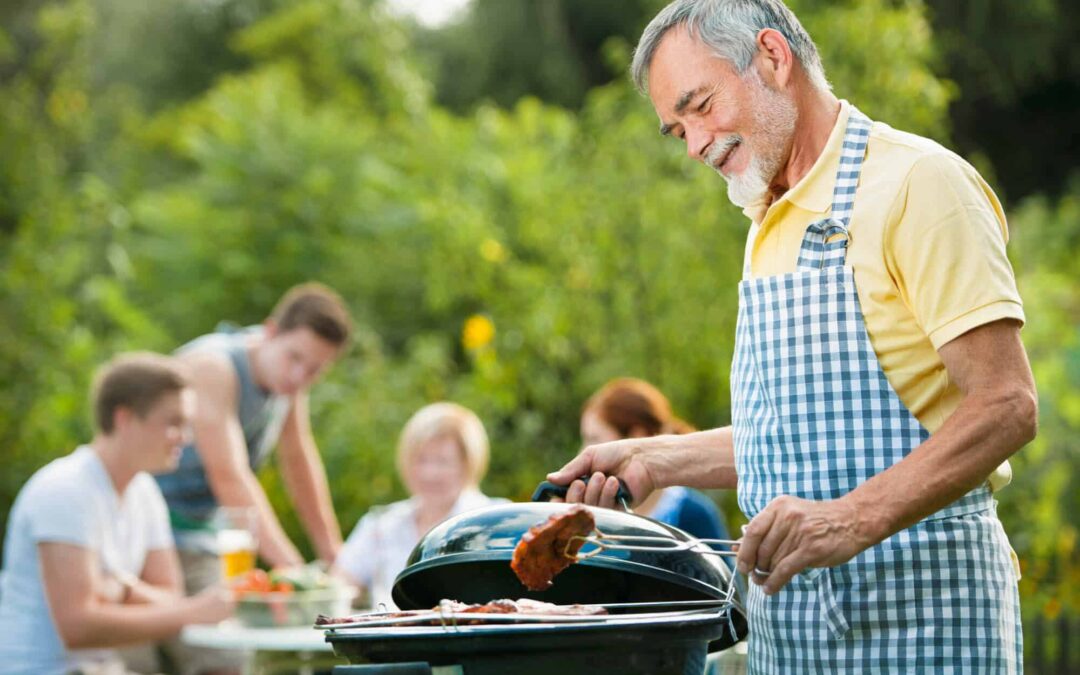This Summer, Cook Your Food, Not Your Wine!
Summertime is a dangerous time for your wine. Heat, especially prolonged heat or even excessive heat for a short period of time, can seriously damage wine. In extreme cases, it can even force corks out and cause seepage.

Generally, you should keep wine in temperatures that are under 80oF. Storing wine for a day or so in higher temperatures has an adverse effect on the wine. This effect may be hard to notice. Keeping wine for an hour or two at a temperature over 90oF means that the wine is in real trouble. Your wine will be fine traveling in temperatures that are in the 70os. But, if you keep it in the mid to high 70os for months, it will begin to age prematurely.
The same way foods transform on the stove, wine changes as it experiences high temperatures. First, tannins become more noticeable and wines take on a tangy, astringent character. Instead of a smooth and supple mouthfeel, wines feel rough. Fruit flavors often become secondary to unpleasant acidity.


In dry climates, corks shrink as they lose moisture. This leads to leaky bottles and a sticky mess. As wine expands during temperature spikes, other closures may be pushed upward and through the tops of the bottle. Older wines, and those with natural corks, are at a higher risk of spoilage. They are more delicate than young wines and wines that are sealed with synthetic closures. Anytime a wine from your rack is leaky, or tastes completely astringent, it’s probably been cooked.
Storing Your Wine at Home
Ideally, you should store all your wines at cellar temperature, somewhere between 55oF and 65oF. It is most important to avoid heat and humidity fluctuations as these accelerate deterioration. The threshold for temperature damage begins at about 70 degrees. This means that even most air-conditioned homes put wine at risk. Without AC, it’s all too easy to let wines cook as indoor temperatures hit 80 degrees and beyond. In our class on Wine at Home, we introduce many tips on storing your wine.


At home, the best and safest way to store wines is in a wine cellar (or basement, if you have one) or specialized refrigerator that control temperature and humidity. Even with modern air conditioning, most homes are above the 70oF which puts wines at risk of spoiling.
Cool, dark places away from windows, such as closets, are another alternative spot to keep wine safe. Light also harms wine, and glass amplifies the heat of the sun like a magnifying glass, so keeping bottles off sunny countertops is a good rule of thumb.
Other Home Storage Tips
- Your closet floor (if it isn’t connected to a SW facing outside wall).
- Under your bed or a bottom drawer
- In the styrofoam “shippers”, which minimize temp fluctuation. (We bet you already have some of these from wine you’ve received by mail.)
Purchasing and Transporting Wine
When shopping for wine, stay away from stores that seem hot, humid or where case boxes are on the sidewalk for hours. If a cork looks sticky, pushed up, or like it’s been leaking, ask for a different bottle of the same wine. If you’ve gotten home with a seemingly good bottle and it tastes off, don’t hesitate to return it. Most stores can send the bottle back to the distributor for a replacement and are happy to exchange bottles as long as a significant portion of the wine isn’t gone. You can learn lots more about navigating the liquor store in our classes.


Many online retailers, like WTSO, hold orders during summer months. Others may offer overnight or temperature-controlled shipping options. But these options often carry a hefty price tag. Receiving a leaky case of cooked wine is always the worst. So, if you forgot to plan ahead and need a special bottle, it’s best to spring for faster shipping.
When traveling, keep wine in the passenger compartment of the car or store it in a cooler with ice. While tasting at multiple locations, ask wineries if they will hold bottles until the end of the day so it won’t be accidentally ruined during transport.
You should get to know your wine purveyor. Check out the shop and see where the wines are stored. Is the store air-conditioned? Ask your purveyor if the wines are delivered in cooled trucks.

Tips: Feel the Bottle/Taste the Wine
- Pick up and feel the bottle, it should have a coolness on your cheek.
- Some restaurants will store wine poorly – if the red wine bottle feels warm, ask for an ice bucket (don’t worry if you get an eye roll). The gentle cooling will brighten the wine if it hasn’t cooked.
- If you think your wine might be ruined, pull the cork or unscrew the cap and taste. You may have caught it in time.

